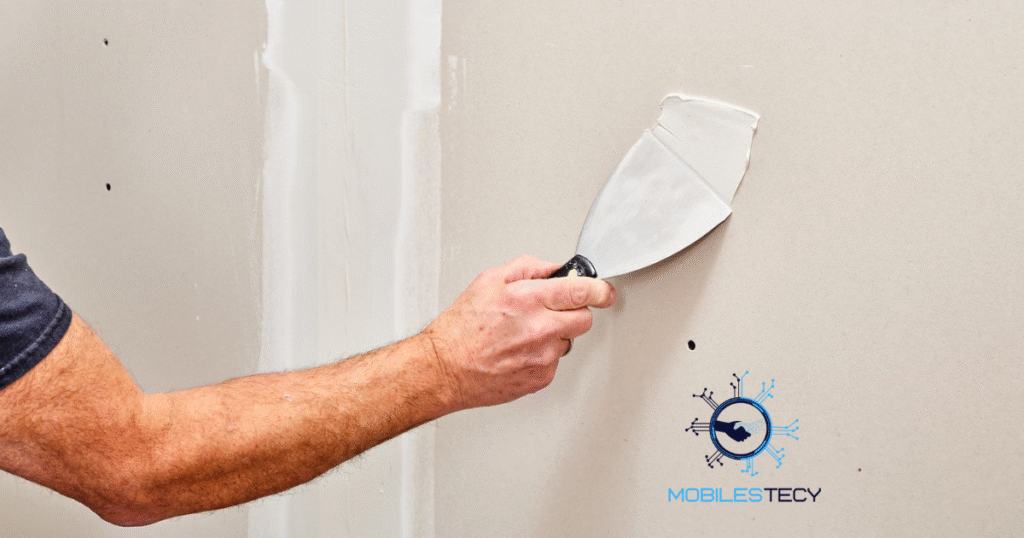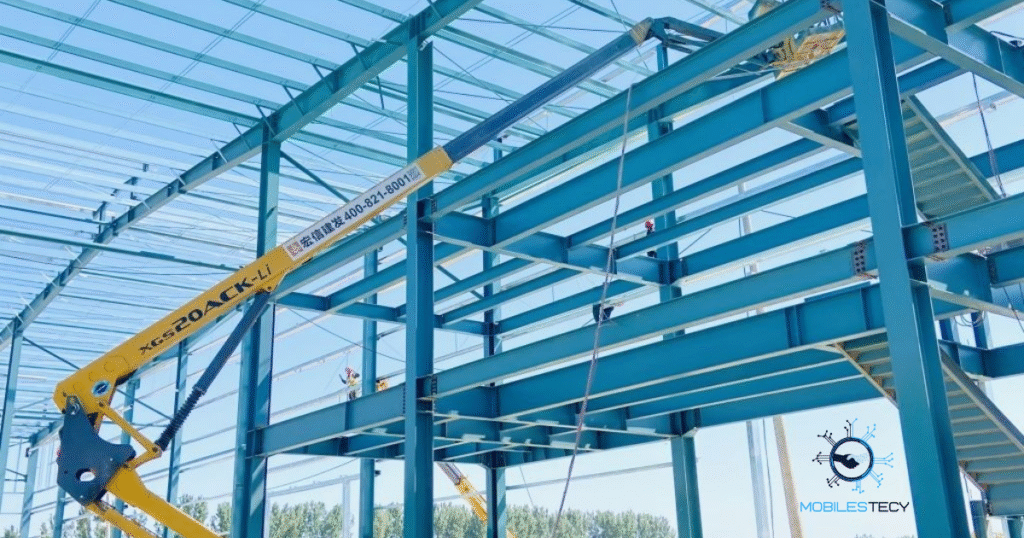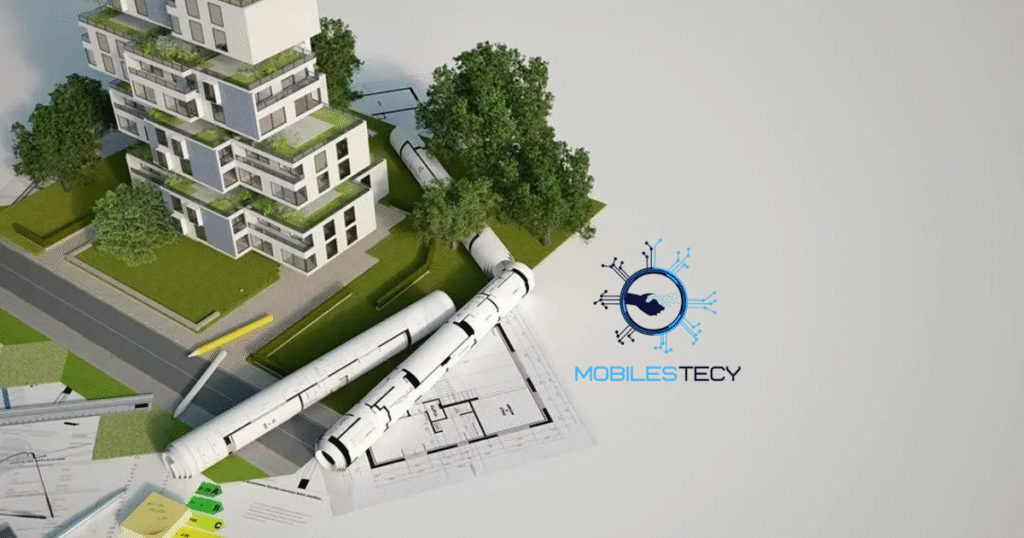Drywall technology has revolutionized modern construction by offering faster, cleaner, and more efficient solutions. It eliminates the lengthy process of traditional plastering while ensuring smooth, durable finishes. This technology enhances flexibility for architects, builders, and homeowners across various design applications. Through innovative manufacturing, drywall systems provide improved fire, sound, and moisture resistance. Its adoption represents a significant step forward in building efficiency and sustainability worldwide.
Over the years, drywall technology has evolved to meet modern architectural requirements. Manufacturers now incorporate recycled materials, making the process environmentally sustainable and cost-effective. The panels are lightweight, easy to install, and reduce construction time significantly. They offer versatility in shaping interiors, creating aesthetic and functional spaces with ease. Such innovations align with global trends emphasizing speed, safety, and eco-conscious development practices.
Today, drywall technology stands at the intersection of construction science and smart engineering. It contributes to sustainability goals by reducing waste and conserving natural resources effectively. Modern variants include advanced formulations that resist humidity, sound, and fire damage efficiently. The advancement of technology continues to redefine how modern structures are built. Smarter, greener, and more adaptable construction practices are driving this transformation.
Table of Contents
Evolution and Composition of Drywall Technology

Drywall technology has a long history shaped by innovation and industrial efficiency. It replaced traditional plaster methods that required multiple coats and long drying. This transition revolutionized construction speed, allowing faster completion of interior structures globally. The use of gypsum as a lightweight material became essential in modern architecture. Its composition combines strength, durability, and environmental friendliness for sustainable development.
The basic structure of drywall involves a gypsum core sandwiched between paper sheets. This composition ensures easy cutting, shaping, and installation across different building designs. It provides a smooth finish suitable for painting, wallpaper, or decorative textures. Advanced variants incorporate fiberglass facings that improve fire and moisture resistance effectively. Such engineered boards perform better in demanding commercial or residential construction environments.
As technology progressed, manufacturers began introducing additives for specialized performance improvements. Some boards resist water absorption, others enhance acoustic control within confined spaces. Fire-rated drywall variants maintain integrity under high temperatures to ensure safety. These features have made drywall indispensable in homes, hospitals, and commercial complexes. Today, drywall stands as a core material defining innovation in modern infrastructure.
Smart Material Integration in Drywall Manufacturing
Modern drywall manufacturing increasingly relies on smart materials to improve performance and durability. Advanced gypsum formulations now include polymers, fibers, and antimicrobial additives for protection. These enhancements extend wall lifespan and prevent issues like mold or cracking. Such innovation ensures safer, stronger, and more reliable construction in every environment.
Manufacturers also experiment with responsive materials that adjust to changing environmental conditions. Smart coatings can reflect heat, resist humidity, and maintain thermal stability efficiently. These intelligent surfaces improve indoor comfort while reducing building energy consumption overall. As technology evolves, smart drywall systems will redefine modern architecture and construction sustainability.
Applications and Advantages in Modern Construction

Drywall technology plays a vital role in residential, commercial, and industrial buildings. It allows architects to design flexible spaces that meet functionality and visual appeal. Contractors appreciate its lightweight nature, making installation fast and labor-efficient globally. Whether for partitions, ceilings, or decorative elements, drywall offers unmatched adaptability. Its cost-effectiveness and precision continue to transform interior finishing across the world.
One of drywall’s greatest advantages is its exceptional speed during installation. Traditional plastering often required weeks, while drywall can finish in days. Panels are easy to attach using screws, adhesives, or metal framing systems. This reduces both construction costs and on-site disruptions significantly during projects. For businesses and homeowners, this time-saving benefit delivers enormous long-term value.
Another important benefit of drywall is its superior performance and sustainability standards. Recycled materials and low-energy production make it an eco-friendly building option. Acoustic and fire-resistant variants enhance safety and comfort in modern environments. Moreover, drywall supports renovation flexibility by allowing quick replacement or modification when needed. This technological versatility defines its dominance in the global construction landscape today.
Digital Precision and Automation in Drywall Installation
Digital tools have revolutionized how professionals plan and execute drywall installation projects. Computer-aided design allows accurate layout visualization before physical work begins. This precision minimizes cutting errors, waste, and rework during large-scale construction efforts. By integrating automation, drywall installation has become faster, cleaner, and more consistent.
Robotics and AI-powered machinery now handle heavy lifting and precise panel placements. Automated systems ensure consistent alignment, reducing human error and material waste. Builders can monitor real-time progress using connected devices and smart measurement sensors. Such integration improves safety, efficiency, and quality throughout the construction process.
Sustainability and Future Trends in Drywall Innovation

Sustainability has become a driving force behind modern drywall manufacturing advancements. Producers use recycled gypsum and paper, minimizing environmental waste and raw extraction. New energy-efficient processes reduce emissions while maintaining high production quality standards. These eco-conscious methods help construction industries achieve global green certification targets. Thus, drywall contributes significantly to the sustainability goals of modern infrastructure projects.
Beyond sustainability, innovation continues to expand drywall’s technological and functional capabilities. Manufacturers experiment with self-healing materials and digital precision cutting systems. Integration with smart sensors allows real-time monitoring of temperature and humidity levels. Such advancements improve building performance, longevity, and energy consumption across facilities. These futuristic improvements demonstrate drywall’s ability to evolve with global demands.
Looking forward, the future of drywall lies in digital transformation and automation. 3D modeling tools already help designers visualize wall structures before installation begins. Automated machinery ensures accurate cutting, reducing material waste and construction time. With AI-based monitoring, builders can ensure precise alignment and structural consistency. These innovations confirm that drywall technology will continue shaping future construction trends.
Challenges and Future Innovations in Drywall Technology
Despite major advancements, drywall technology still faces challenges that drive continuous innovation. Moisture exposure and impact damage remain concerns in harsh environmental conditions. Researchers are developing new surface coatings to counter humidity, mold, and structural degradation. These efforts ensure drywall remains adaptable across diverse global construction applications.
Future innovations will likely merge digital intelligence with advanced material science approaches. Self-repairing drywall, embedded with nanotechnology, may soon detect and heal minor cracks. Augmented reality tools will guide installers through exact measurements and fitting alignments. Together, these breakthroughs promise a smarter, greener, and longer-lasting construction ecosystem.
- Drywall ensures faster construction, smooth finishes, and reduced installation time.
- Fire, sound, and moisture-resistant panels enhance safety in modern structures.
- Eco-friendly manufacturing supports green certifications and sustainable construction goals.
- Lightweight materials reduce costs, labor requirements, and project completion times.
- Integration of digital systems enhances accuracy and reduces human installation errors.
Faq’s
What makes drywall better than traditional plaster walls?
Drywall installs faster, costs less, and provides a smooth, durable finish. It also supports fire resistance and easy customization for modern interiors.
Is drywall environmentally sustainable in modern construction?
Yes, most drywall uses recycled gypsum and paper, minimizing environmental impact. Manufacturers also follow green production practices that reduce carbon emissions.
Can drywall be used in humid or wet environments?
Yes, moisture-resistant drywall panels are available for bathrooms and kitchens. These specialized boards include additives and coatings that prevent mold and dampness.
How does drywall contribute to energy efficiency?
Drywall enhances insulation and supports energy-efficient designs when paired with suitable materials. It helps maintain temperature control and lowers energy consumption in buildings.
What future trends will shape drywall technology?
Automation, digital precision cutting, and smart materials will drive innovation. These advancements will enhance durability, sustainability, and overall construction efficiency.
Conclusion
Drywall technology has changed the way buildings are made today. It saves time, reduces cost, and gives smooth and clean finishes. Builders prefer it because it is fast and easy to install. With new improvements, drywall now lasts longer and performs much better. It has become an important part of modern construction around the world.
Drywall is also good for the environment because it uses recycled materials. It helps save energy and reduces waste during building projects. Modern types resist fire, sound, and moisture, keeping spaces safer and stronger. This makes drywall a smart choice for homes, offices, and industries. It continues to meet the needs of growing, eco-friendly construction trends.
In the future, drywall will become even more advanced and sustainable. New designs and technologies will make it stronger and easier to use. Builders will rely on smart systems and digital tools for installation. These improvements will keep construction faster, cleaner, and more cost-effective worldwide. Drywall technology truly represents progress toward a better and greener future.
Read more latest Articles on Mobilestecy.com








